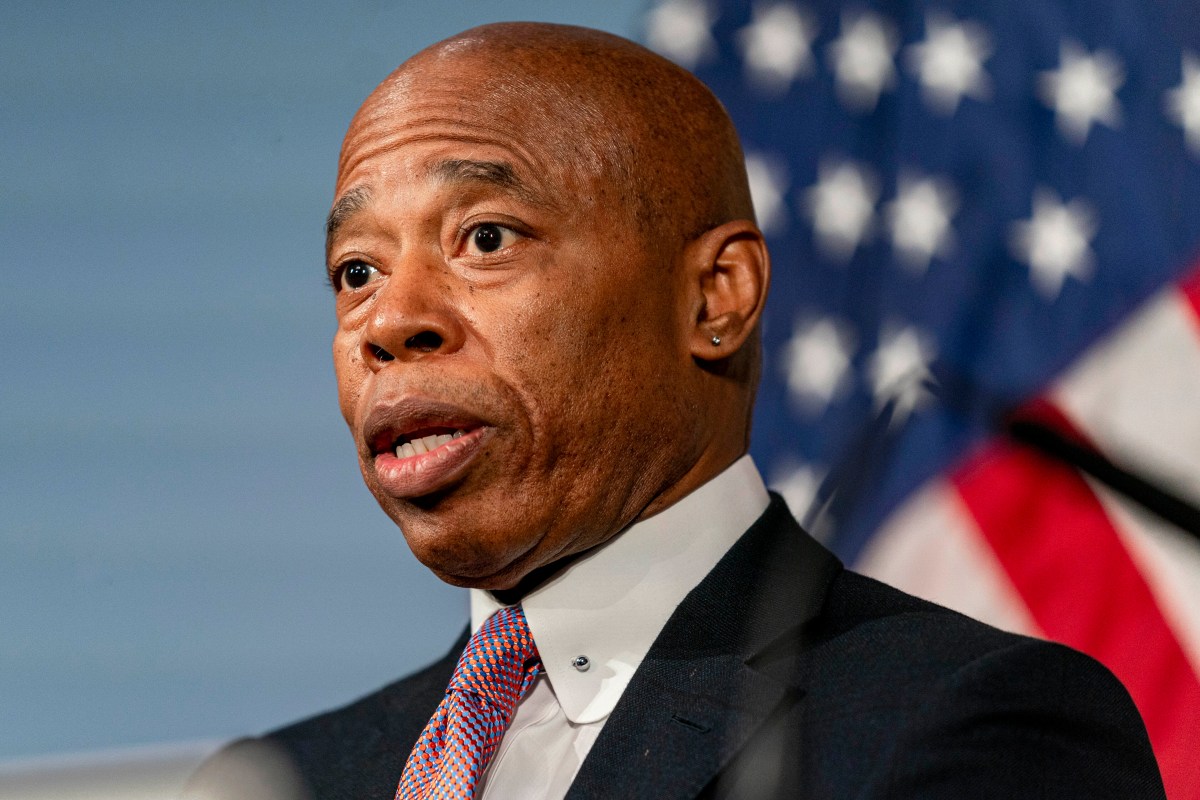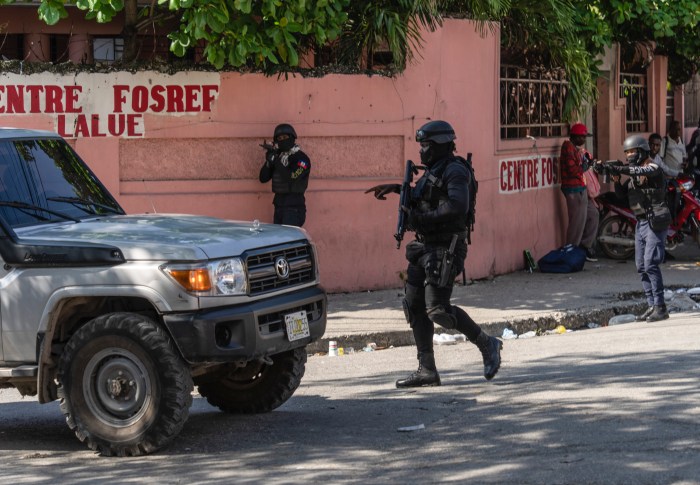It’s hard not to be a tad cynical about today’s opening of the long-anticipated Canada Line, connecting downtown Vancouver to our airport and the city of Richmond. Even as gawkers and work-a-day commuters clamour to board the attractive, automated trains, there’s a lingering undercurrent of negativity at play.
TransLink is still battling it out in the courts with Cambie Street merchants aggrieved by the line’s cut-and-cover tunnel construction. Proponents of the yet-to-be-built Evergreen Line say their Tri-Cities train has taken a back seat to what is opening today. And armchair critics have taken issue with everything from the line’s stations (too small by SkyTrain standards) to the speed of the trains themselves (not fast enough, again measured against SkyTrain).
But if you can get past the griping, mudslinging and second-guessing, what you realize is that the Canada Line represents a crucial transportation breakthrough for this region.
The line will relieve worsening traffic bottlenecks on key north-south arterial roads leading in and out of Vancouver — congestion that has made commutes a hassle for motorists, and awful for bus riders on the jam-packed 98 B-Line service.
It also creates a viable alternative for thousands of would-be transit users who dread crowded and slow-moving buses, but embrace more comfortable and reliable light metro.
It’s not just transit customers and drivers who win, mind you. Cyclists also make out nicely.
That’s because the Canada Line will allow riders to bring their bikes on board — two per train.
Furthermore, bicyclists will benefit from Friday’s opening of the separated bike-and-pedestrian bridge over the Fraser River, built beside the train crossing.
The fact that the new metro will also take traffic off of some downtown bridges means that cycling advocates can make a better case for permanently improved bike crossings over False Creek.
But the real impact of the Canada Line moving forward boils down to one word — density.
Richmond’s No. 3 Road, which has already transformed itself radically over the past decade, is set for even more dramatic commercial and residential growth. And established neighbourhoods along the line, including Yaletown and Cambie Village, should brace for further urbanization. Enjoy the ride, Vancouver.
















